23 Nov What to eat in Kashmir – The Best local Cuisines
Kashmiri food is popular for its aromatic cuisines with fresh spices but I think it isn’t as appreciated as it should be. In fact, it is fairly rare to find authentic Kashmiri restaurants in most cities. But if you wondering what to eat in Kashmir, I will put here the best dishes that I found.
Although most of them are non-vegetarian, you can still find few vegetarian specialities or cuisines. Strict vegetarian restaurants are quite rare in Kashmir except for Srinagar, so you may have to eat at a place that serves both.
Kashmiri Wazwan
Now we are going to start with the famous Wazwan. Wazan is actually a multi-course meal that can have up to 36 finger-licking dishes. That is a lot! Although such a large spread is usually available only at weddings, ceremonies, festivals and other special occasions.
Most restaurants serve 6-10 dishes in a Wazwan that you can either order on a platter or choose from the list. Most of the time it is too much for a single person to eat so you can ask the restaurant to suggest portions.
Wazwan dishes are mostly mutton based cooked in different types of gravies. Some restaurants also have vegetarian versions. Check with them for it.
1. Rista
Rista is unique to Kashmir and looks like meatballs cooked in gravy. You need to pound the goat meat with a wooden mallet in goat fat to make the meat balls. Then you remove the bones and roll them into fist-sized balls. From there, it goes into a fiery red gravy where the red colours come from mawal (also called amaranth or velvet flower) extract. You can eat this either with naan or rice.
2. Goshtaba
As you can make out from the name, this is another dish centred around meat. In fact, like Rista, these meatballs cook in gravy too. The meatballs are also made of goat meat pounded in goat fat and rolled into balls.
However, the main base of the gravy is yoghurt with spices and it is much milder with a slightly sour taste. You will often find it with a floating layer of butter or ghee that you may mistakenly take as oil. It is was the highlight of the dish for me.
3. Rogan Josh
Rogan Josh is a dish that has travelled far and wide and you can find it in other parts of India as well. Rogan means ‘oil’ and Josh means ‘heat’. Therefore, if directly translated, the name means – a dish cooked in oil in intense heat. And so it is.
The dish comprises goat meat or mutton cooked (sometimes for several hours) in red gravy with rich Kashmiri spices. The bright red colour of the gravy comes from the mawal flower, red Kashmiri chillies and sometimes saffron. Surprisingly, there are no tomatoes in it. You can see a thick layer of butter or ghee for the topping.
4. Yakhni
Yakhni is actually not just a dish. It is the type of gravy that goes into several Kashmiri dishes (like Goshtaba). Off-white in colour, it is a yoghurt mixture infused in Kashmiri spices.
The curry could be used in different dishes and often paired with different types of meat. However, in general, Yakhni as a dish would mean goat meat (mutton) or lotus stem cooked in a yoghurt based gravy.
5. Methi Korma
Methi korma’s primary flavour and aroma are of methi or fenugreek that dominates this dish. The korma is made out of goat stomach and intestines crumbled into small bits and pieces. If you are an avid meat eater, this will not bother you. However, an occasional eater like me found the smell strong. Although the taste was still delicious. You can eat this with both naan or rice.
6. Tabak Maaz
Tabak Maaz is a dry meat dish whose preparation can take several hours before serving. It is basically lamb ribs that are cooked twice on low heat. After it is cooked, it is simmered in yoghurt infused with spices to make it tender.
Once it is tender and juicy, it is then shallow fried again in ghee to make it golden brown and crispy. Rich in fat, the dish is delicious and a rare dish that you may not find so easily.
7. Seekh Kebab
Seekh Kebab was the star of my platter, maybe because I am well acquainted with it. You will be able to find seekh kebab all the way from Kolkata to Turkey and it is a must-have in Kashmir too.
Made of minced goat meat or mutton, mixed with dried powdered spices, it is then grilled on skewers to bring out a smoky flavoured barbeque. Some restaurants go one step further and stir fry it with onions and capsicum or simmer it in curry.
Main Course & Vegetarian
8. Kashmiri Pulao
Oh, I ate Kashmiri Pulao in almost every meal that I had there. And surprisingly, I see that there are so many different versions of it. There is no one way to make it but every one of them was delicious. Kashmiri pulao is made of basmati rice steamed in aromatic water with fresh spices, saffron and rose water.
It is then topped with dry fruits and occasionally with some fruits like cherries, pineapple or pomegranate. You can either pair it with a curry, eat it with yoghurt or raita or if you don’t mind, just have it by itself.
9. Kashmiri Dum Aloo
Another one of our favourites that held a permanent place in most of our meals is Kashmiri Dum Aloo. Dum Aloo has several Indian versions and I like all of them for their uniqueness.
The Kashmiri version is made with boiled baby potatoes and cooked in a yoghurt based red curry with dry powdered spices topped with crushed methi or fenugreek. It is also widely available making life easy for vegetarians.
10. Ruangan Chaman
Ruangan Chaman is a fairly straightforward name to what it represents. Ruangan means cottage cheese in Kashmiri and Chaman translates to tomatoes. So as you can guess, it is cottage cheese or paneer cooked in a gravy of tomatoes.
But like most other dishes, the gravy also has a yoghurt base so it can appear creamy deep orange fragrant with cardamom, sauf or fennel seeds and fresh spices. I personally like it more with naan.
11. Kashmiri Baigan
Kashmiri baigan is another signature Kashmiri vegetarian dish made in traditional style. You could have guessed it by now, it is cooked in a yoghurt based curry. The baigan or the eggplant is fried first to get it cooked and crispy.
Then it is simmered in creamy curry with cardamom, fennel seeds and dry ginger. Simple and quick to make, it is paired as an everyday dish for a simple beautiful meal.
12. Phirni
While Phirni is a popular dessert in Kashmir, I have also had its versions in central India and south India made with respective local ingredients. Phirni is native to ancient Persia and like a lot of other cuisines, moved to Kashmir with its settlers.
It is a subtle desert with mild flavours made of semolina cooked in milk with sugar and saffron strands. The best Phirni depends on how well the semolina is roasted that gives it a nutty flavour. Just a little more, and the flavour turns smoky and bad.
Snacks and Tea
13. Kashmiri Kehwa
Till the time I was in Kashmir, I must have had the kahwa at least thrice a day. I brought some with me and still have it once in a while. Kehwa is a local tea/drink that is prepared by mixing a pre-powdered kahwa mixture in boiling water.
The mixture is made out of ingredients like cardamom, liquorice, saffron, rose petals, cinnamon, cloves and more. The mixture’s ingredient numbers can vary from 5 to 11. Slivered Almond, walnuts or dried coconut is added on top. Kehwa brings great relief from the cold, especially during the long and harsh Kashmiri winters.
14. Sheermal
Sheermal is a flatbread popularly a breakfast cuisine that originates and still persists in Persia, present-day Iran. The bread looks like a small circular fluffy nan imprinted with a wavy pattern on top. It is made with refined flour, milk, ghee, egg with a small amount of sugar and salt-baked in a tandoor (clay oven). Sometimes it is also glazed with saffron and honey.
It is especially popular in places like Lucknow and Hyderabad where it is had with meat and gravy dishes. Although in Kashmir it is available in local bakeries and is often had with a thick layer of butter and jam with Nun chai.
15. Nun Chai
Nun Chai or Shir Chai, Gulabi Chai (Pink Chai) or Kashmiri Chai are all one. Nun chai originates in the Kashmir valley and can also be found in some parts of Himachal Pradesh.
It is a long process to cook the chai since it requires boiling rolled green tea at a very high temperature and adding baking soda that produces a red hue. It is then cooled 2-3 times by adding ice and reheated again to bring out a deep red colour.
In the end, milk is added to it that turns the tea pink. Sugar is almost never added in Kashmir and in fact, tastes salty. It is traditionally made in large vessels called samovar.
16. Saffron
In my whole life, every time I have found saffron in a shop or in cuisine, I have wondered if it is the real deal. You see, saffron is the most expensive spice in the world. It costs over USD 5,000 per kilogram and is frequently duplicated in cheaper knock-offs. It takes 750,000 saffron flowers to produce 500 grams of saffron and these flowers are difficult to grow.
Saffron originates in Persia or Iran and still produces 90% of the world’s saffron. It was gifted to a local chieftain in Kashmir by a couple of Sufis and started to grow here due to similar topography and soil conditions.
Today, Pampore is home to almost all of Kashmiri saffron where the brilliant purple coloured flower of saffron-crocus grows in the late autumn time (October end-mid November).
17. Apples and Apricots
Kashmiri valley is popular for its apples and if you are travelling during the right season, you will be able to find them almost everywhere. Apple trees line the highways and trails that travel between cities and towns like Srinagar, Gulmarg and Pahalgam.
The apples are smaller in size, coloured red and yellow in patches and does not have a waxy texture. The flavour is also sweet and unique.
Apricots are another fruit that is not that common in the rest of India although you can still commonly find in in the Leh-Ladakh region. Small in shape and orange in colour, it is fleshy, juicy, delicious and sweet when had fresh.
You can also pick up its dried version where the intensity of the flavour increases with a bit of sourness. Crack open its seed and you will find an almond inside.
18. Walnuts and Mamra Almond
Kashmir is also endowed with a wide variety of dry fruits. Dry fruits are high in calories and work well to keep you warm during cold and harsh winters. You can find walnut trees during long walks in the lowland regions.
Surprisingly, walnuts fruit looks like small green balls which have the hard brown shell of a walnut when you peel them. You find the nut once you crack open the shell. I found Kashmiri walnuts rich in moisture content and oil that gives them a distinct flavour.
Mamra almond is another type of almond found mostly in Iran. Comparatively smaller in size and not-so-perfect shape, Mamra almond is high in calories and rich in oil. It goes well with Kashmiri cuisines. You can also find Mamra oil in some shops there which is also an expensive commodity to have.





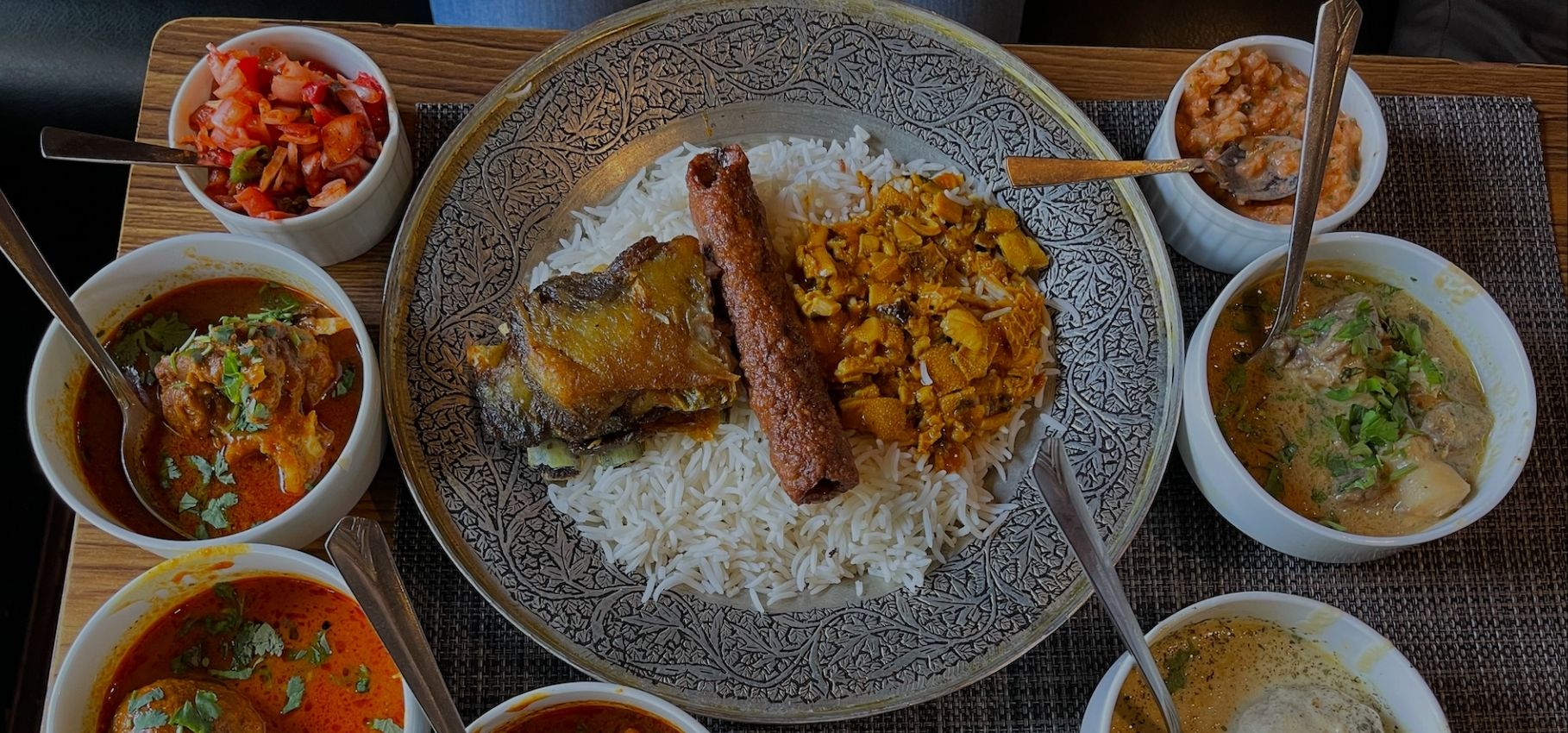
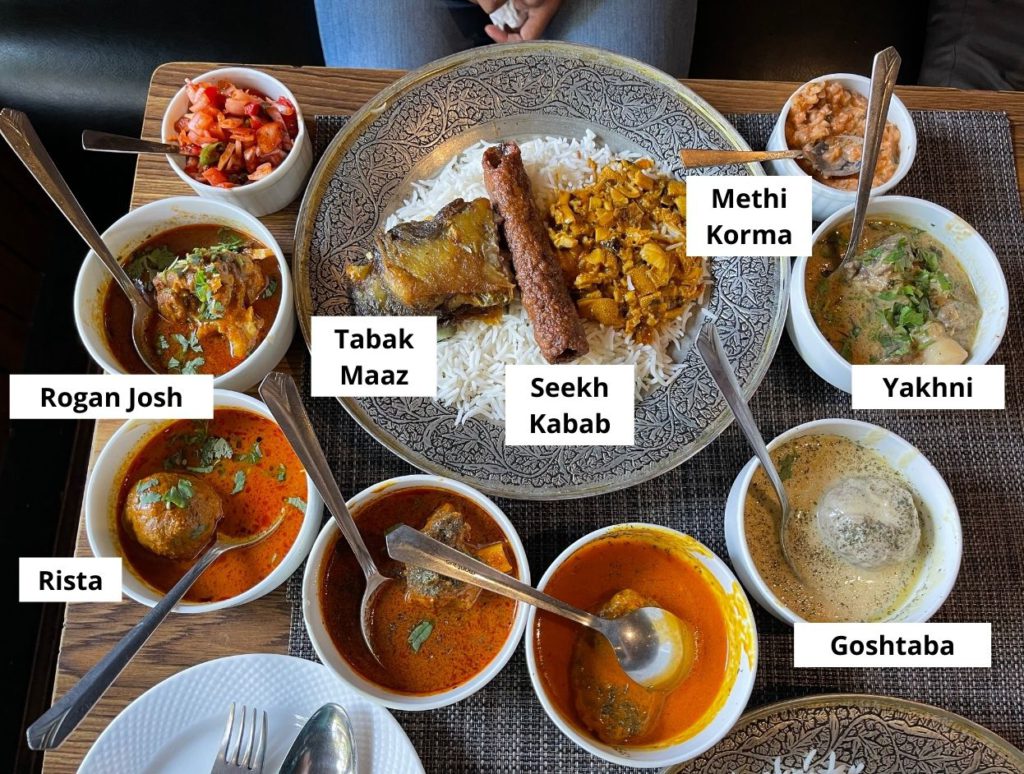
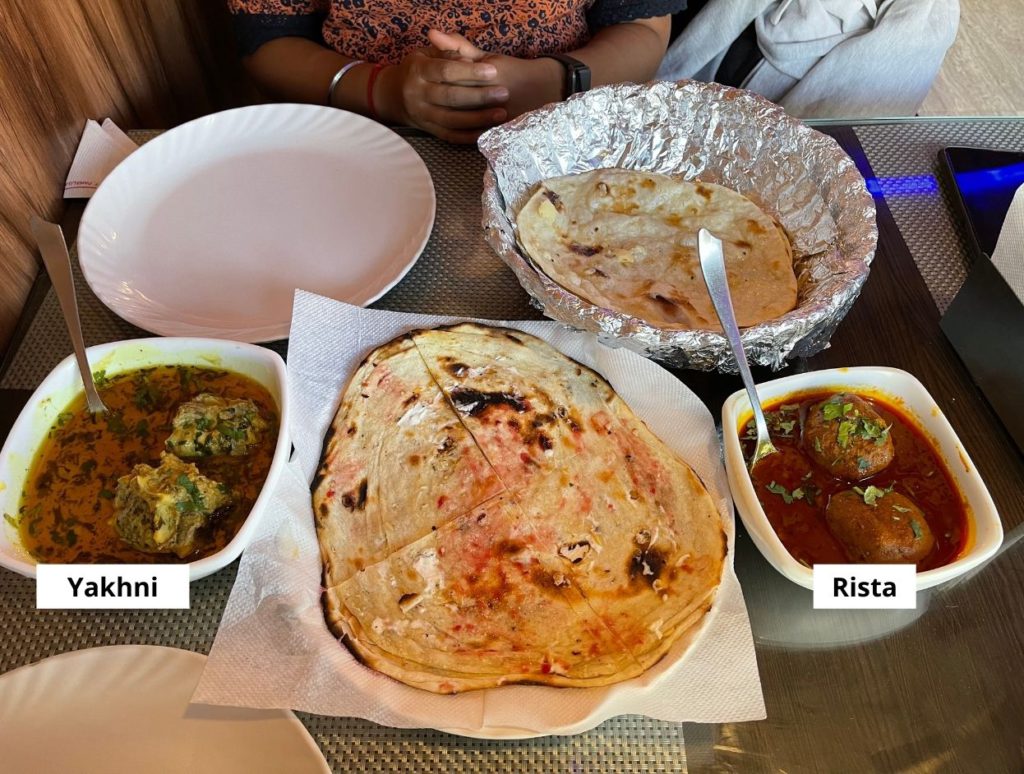
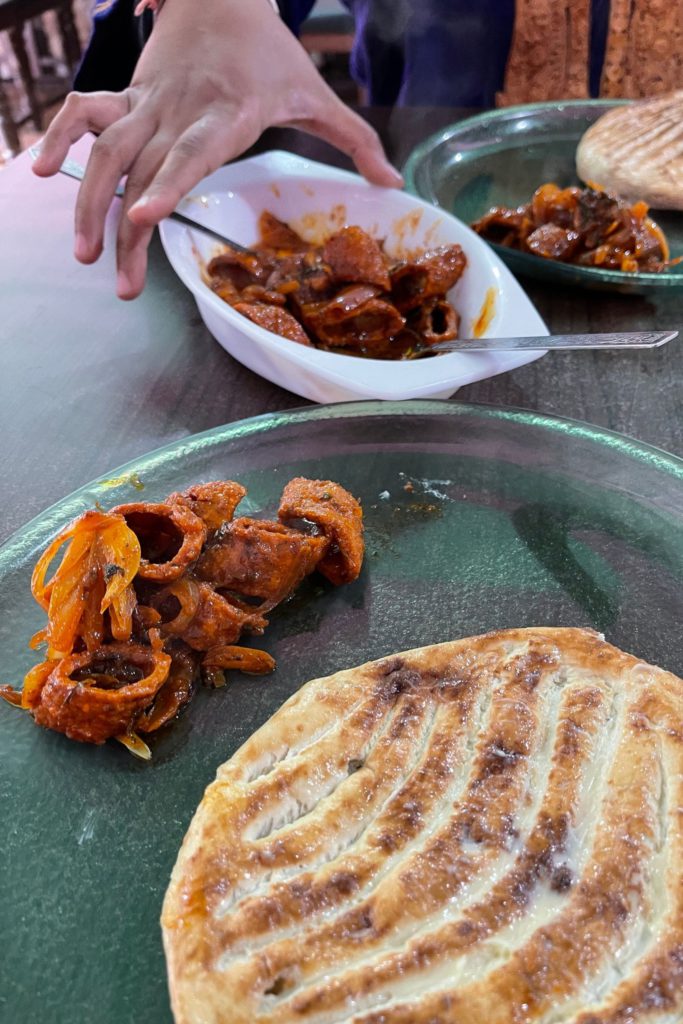
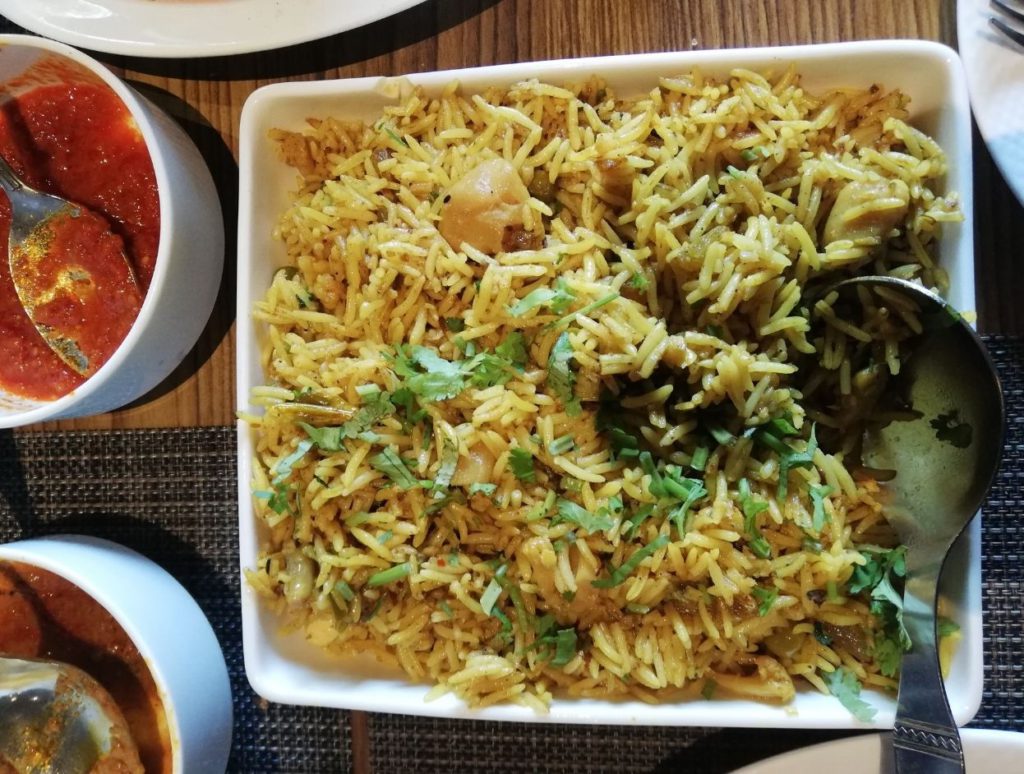
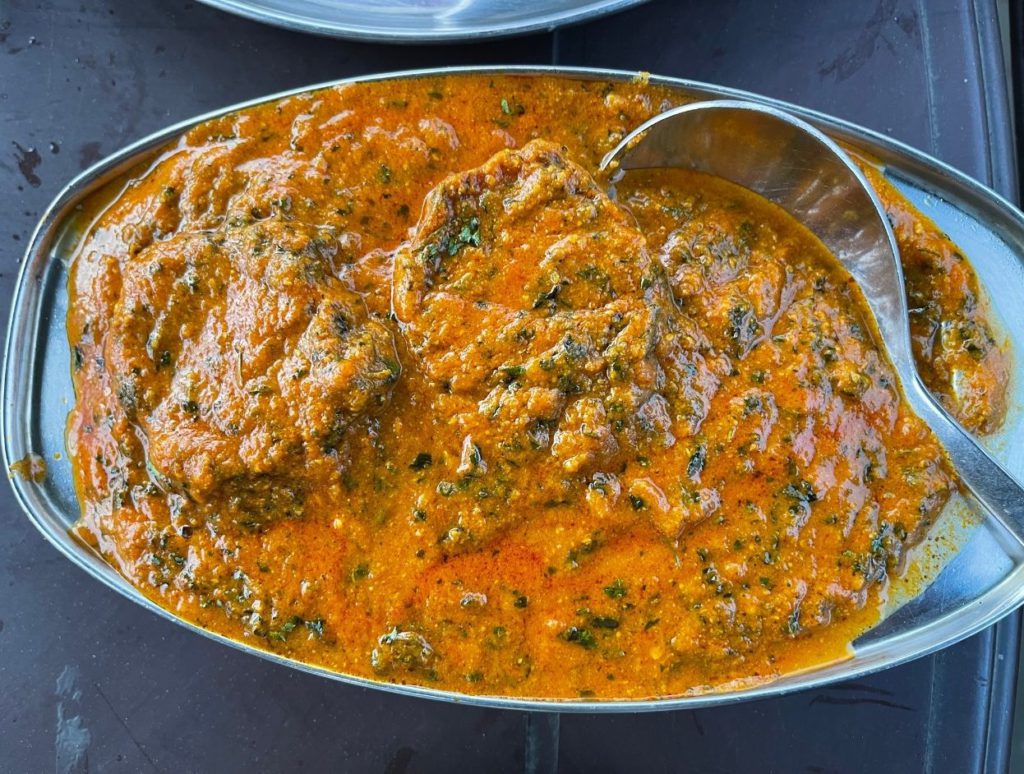
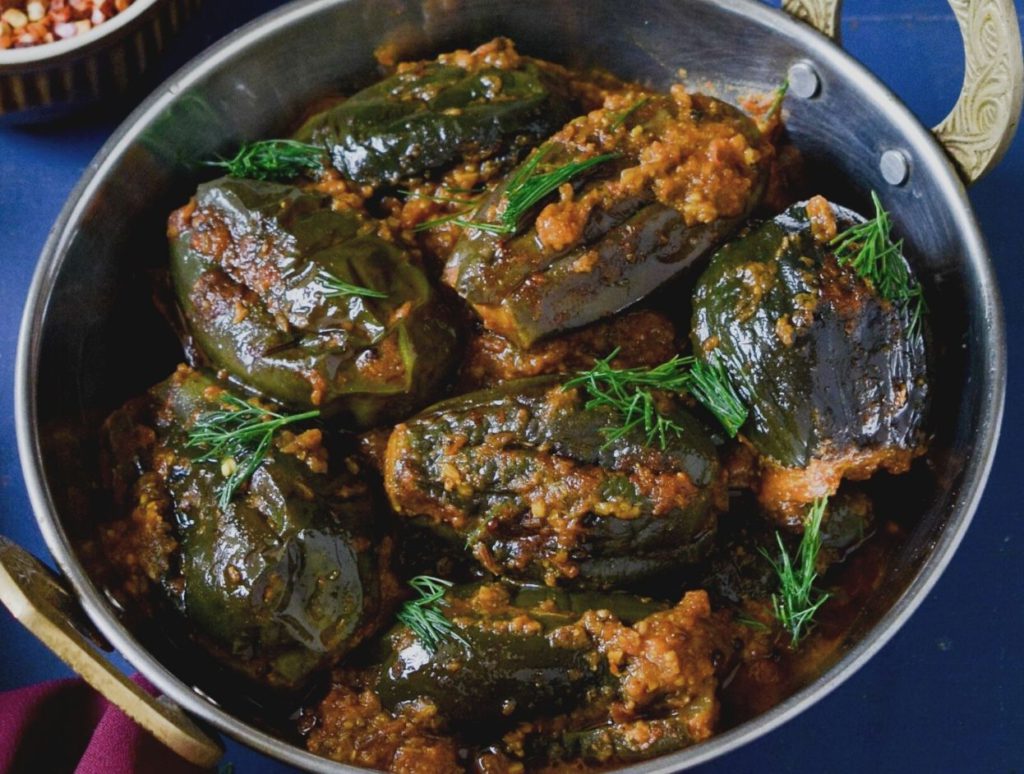
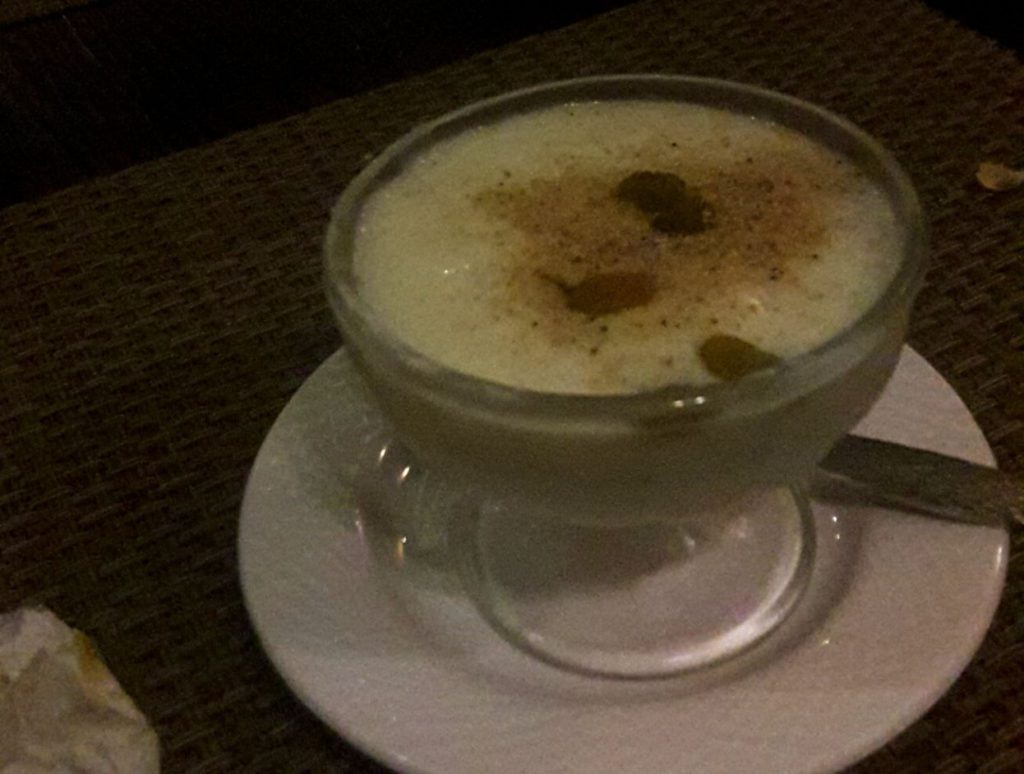
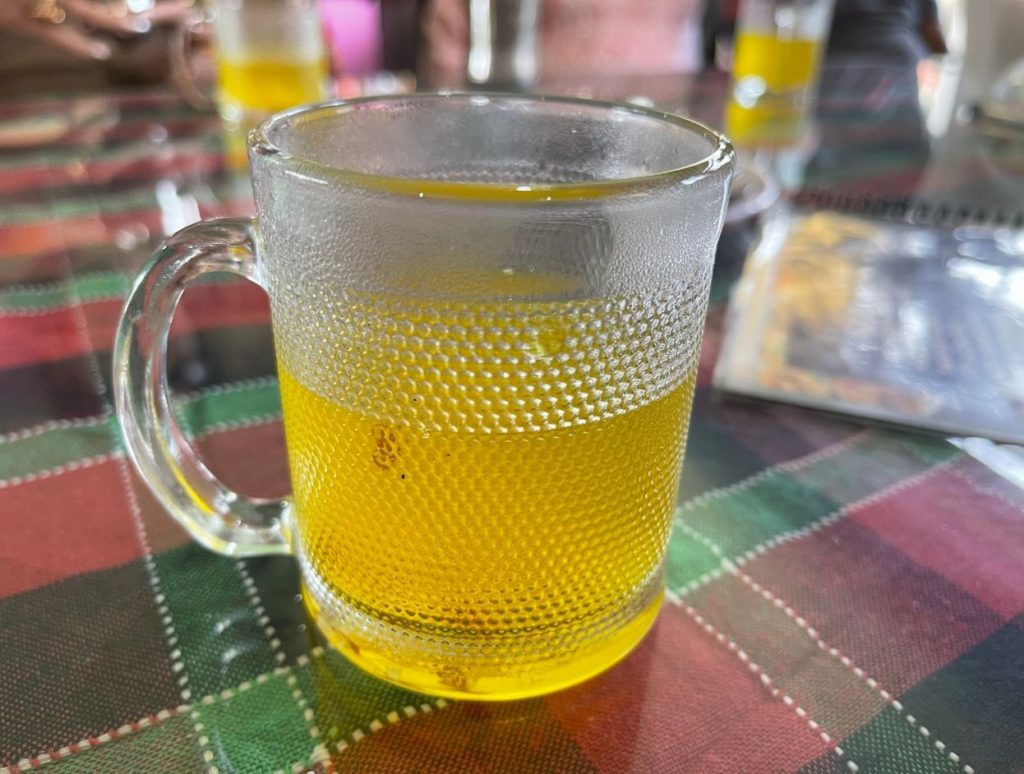
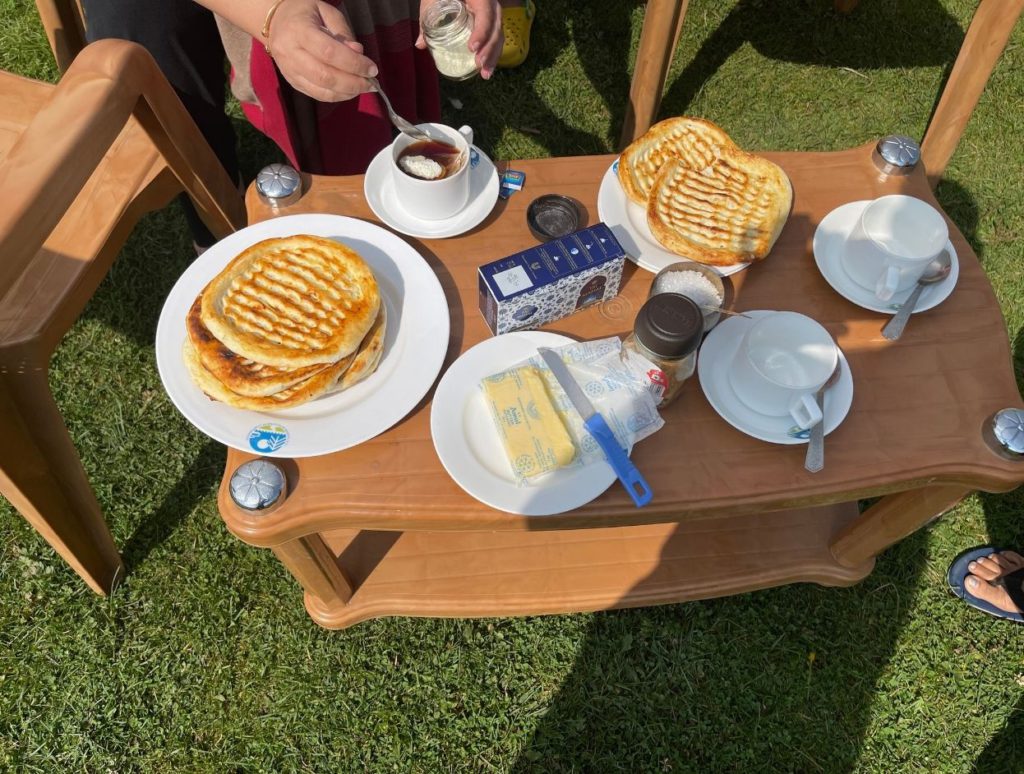
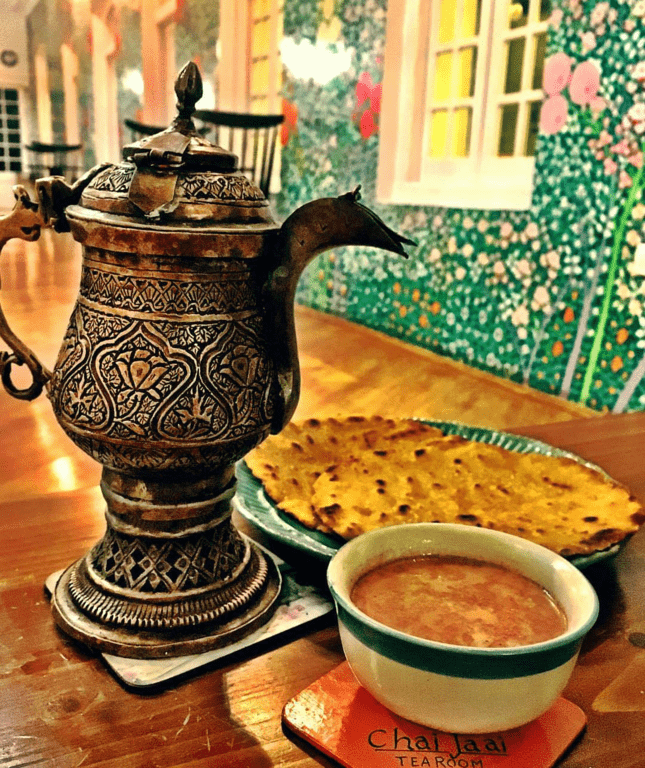
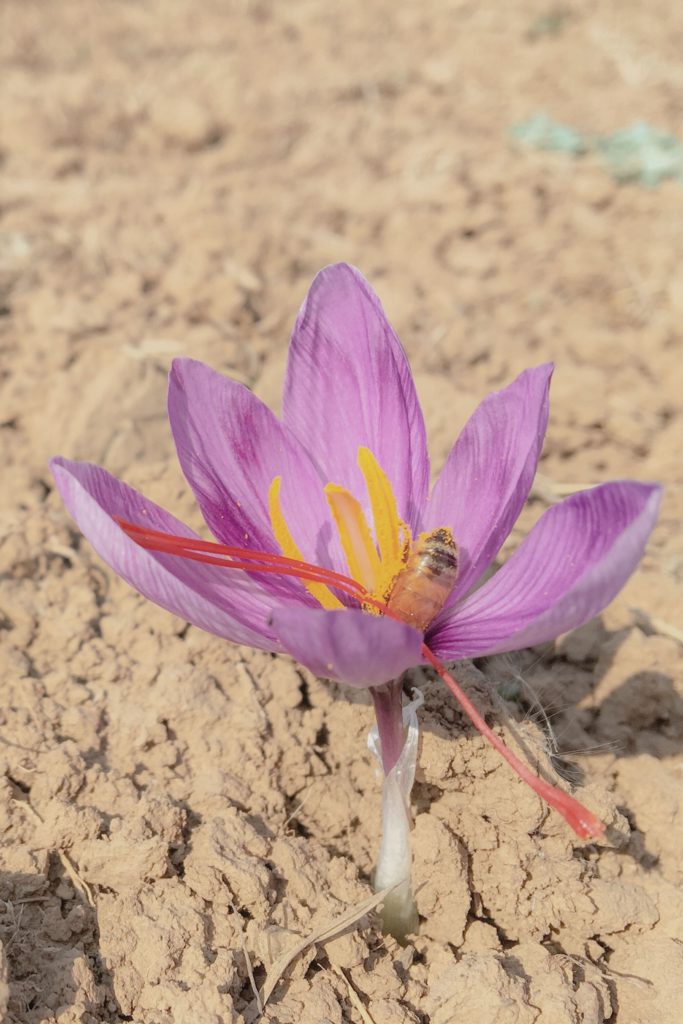
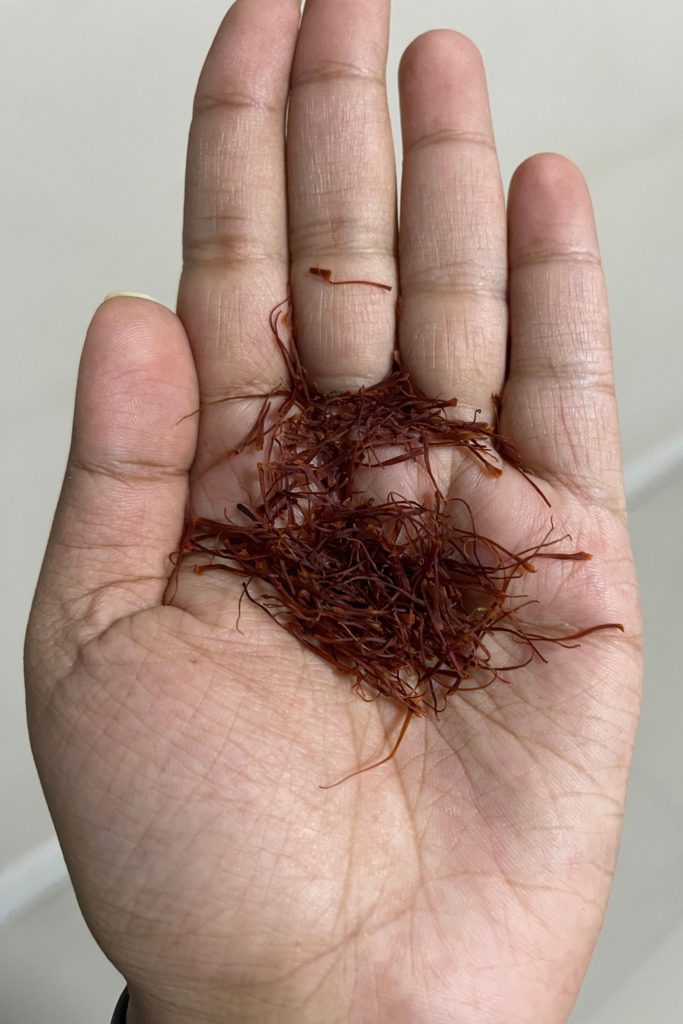
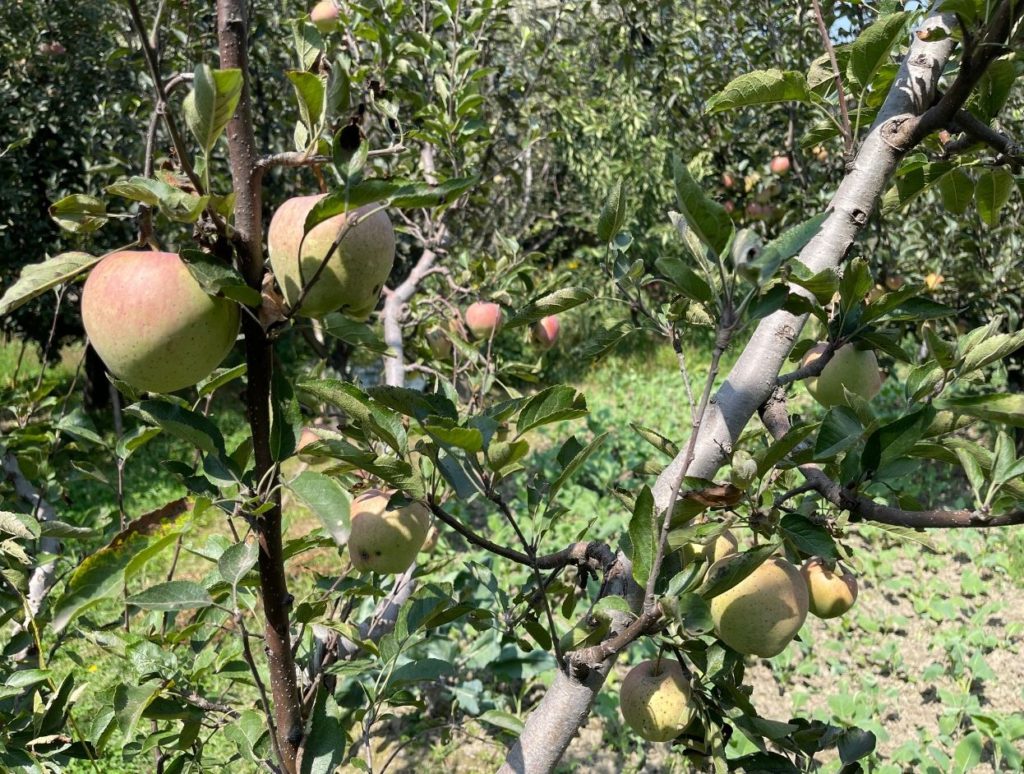
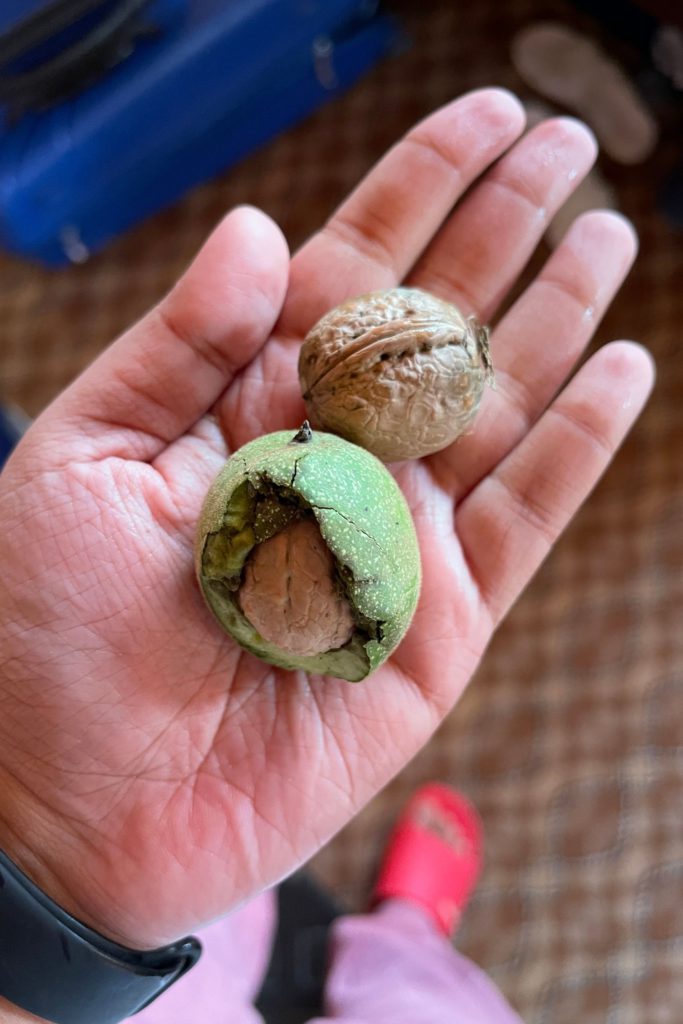
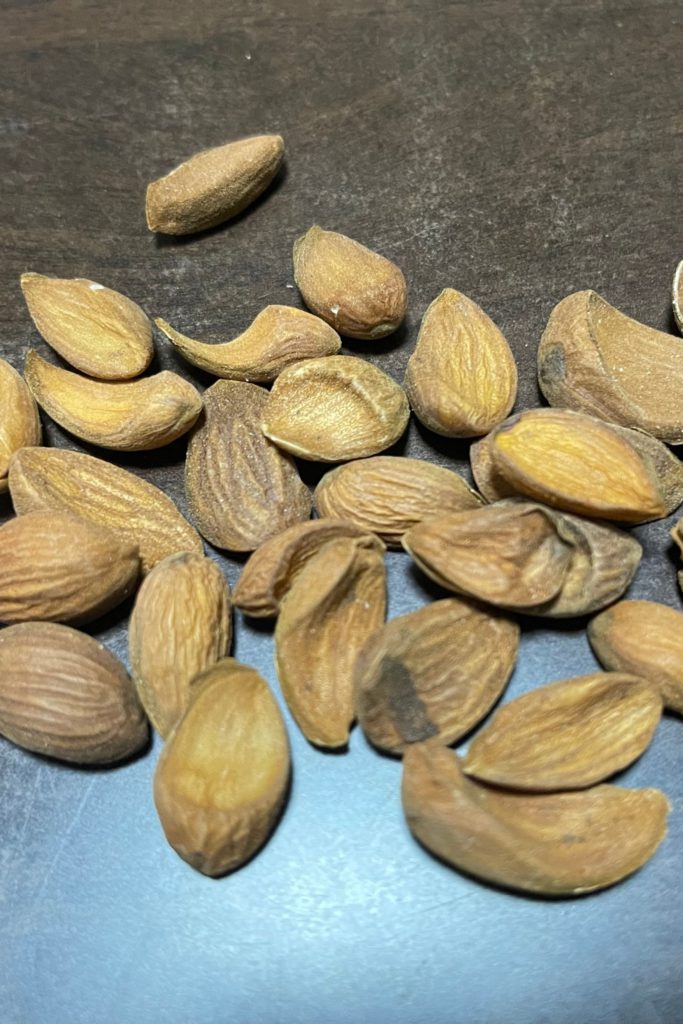

No Comments